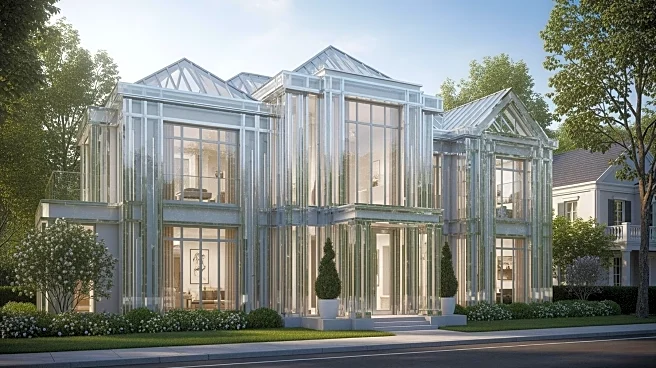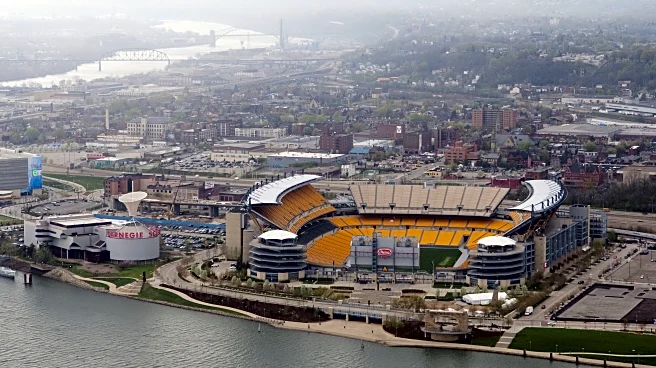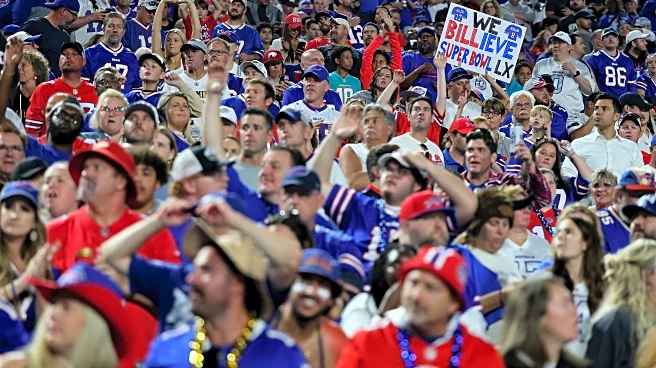What's Happening?
The luxury real estate market in the United States is experiencing a period of stabilization, according to Realtor.com's September Luxury Housing Report. The report highlights that the national threshold
for entering the luxury market has slightly decreased to $1.24 million, marking a 0.5% drop from August and a 2.4% decline year-over-year. This shift indicates a rebalancing in the market after years of volatility. The report also notes that the size and value of million-dollar homes vary significantly across different regions. For instance, in cities like Atlanta, Denver, and Dallas, homes in the $1 to $2 million range offer more than 4,000 square feet, while in Honolulu and San Jose, similar budgets yield much smaller properties. Santa Barbara, California, remains the priciest luxury market, with top-tier homes starting at $8.95 million. Despite a slight cooling, the market is not collapsing, with high-end listings showing only modest declines.
Why It's Important?
The stabilization of the luxury real estate market is significant as it reflects broader economic conditions and the adjustments being made by both buyers and sellers. This trend suggests a healthy rebalancing, where demand remains strong for well-priced homes that offer unique space, quality, or location. The market's resilience is crucial for economic stakeholders, including real estate developers, investors, and homeowners, as it indicates a potential for sustained growth and investment opportunities. The varying property sizes and values across different regions also highlight the importance of geographic factors in real estate investment decisions. As the market adjusts, stakeholders can better align their strategies with current economic realities, potentially leading to more informed and strategic investments.
What's Next?
As the luxury real estate market continues to stabilize, potential buyers and investors may find more opportunities for negotiation, particularly in markets like Atlanta and Denver. The ongoing adjustments in the market could lead to a more balanced environment where both buyers and sellers have realistic expectations. Real estate professionals and economists will likely continue to monitor these trends closely, assessing how broader economic conditions, such as interest rates and inflation, might impact future market dynamics. Additionally, the demand for distinctive and well-priced luxury homes is expected to persist, potentially driving innovation and competition among developers to meet these preferences.
Beyond the Headlines
The current trends in the luxury real estate market may also have cultural and social implications. As buyers seek properties that offer unique space and quality, there could be a shift towards more sustainable and environmentally friendly building practices. This demand for distinctive homes might encourage developers to incorporate green technologies and designs, aligning with broader societal movements towards sustainability. Furthermore, the geographic disparities in property values and sizes could influence migration patterns, as individuals and families seek more affordable and spacious living options in different regions.













